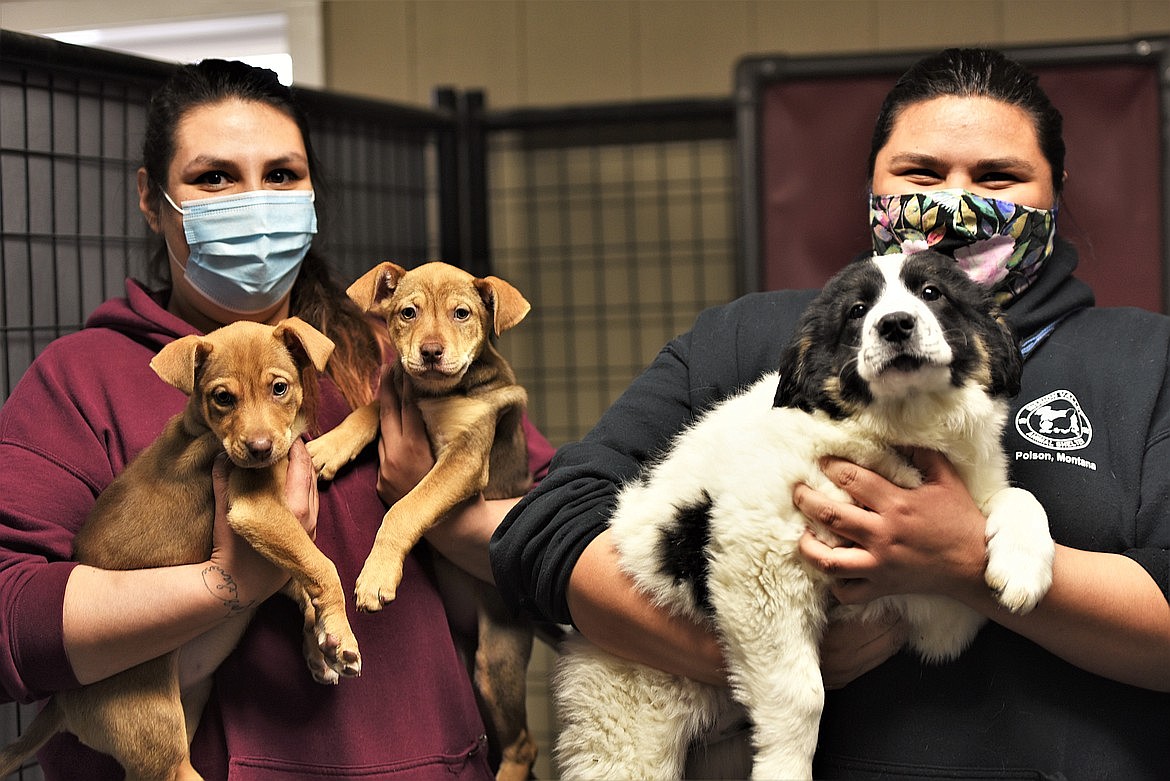Pandemic creates new challenges for animal shelters
PABLO — A small, gray-striped cat stared at Maranda as she unlocked the door to the Mission Valley Animal Shelter one day in late February, savoring her last moment of silence for the next 10 hours. She stepped in and was met with the barking of the nine resident canines. It wasn’t the most dogs they’d had at the shelter, but certainly enough to fill the kennels — and she was their sole guardian for the weekend...
Support Local News
You have read all of your free articles this month. Select a plan below to start your subscription today.
Already a subscriber? Login
Daily Inter Lake - everything
Print delivery, e-edition and unlimited website access
- $26.24 per month
Daily Inter Lake - unlimited website access
- $9.95 per month

